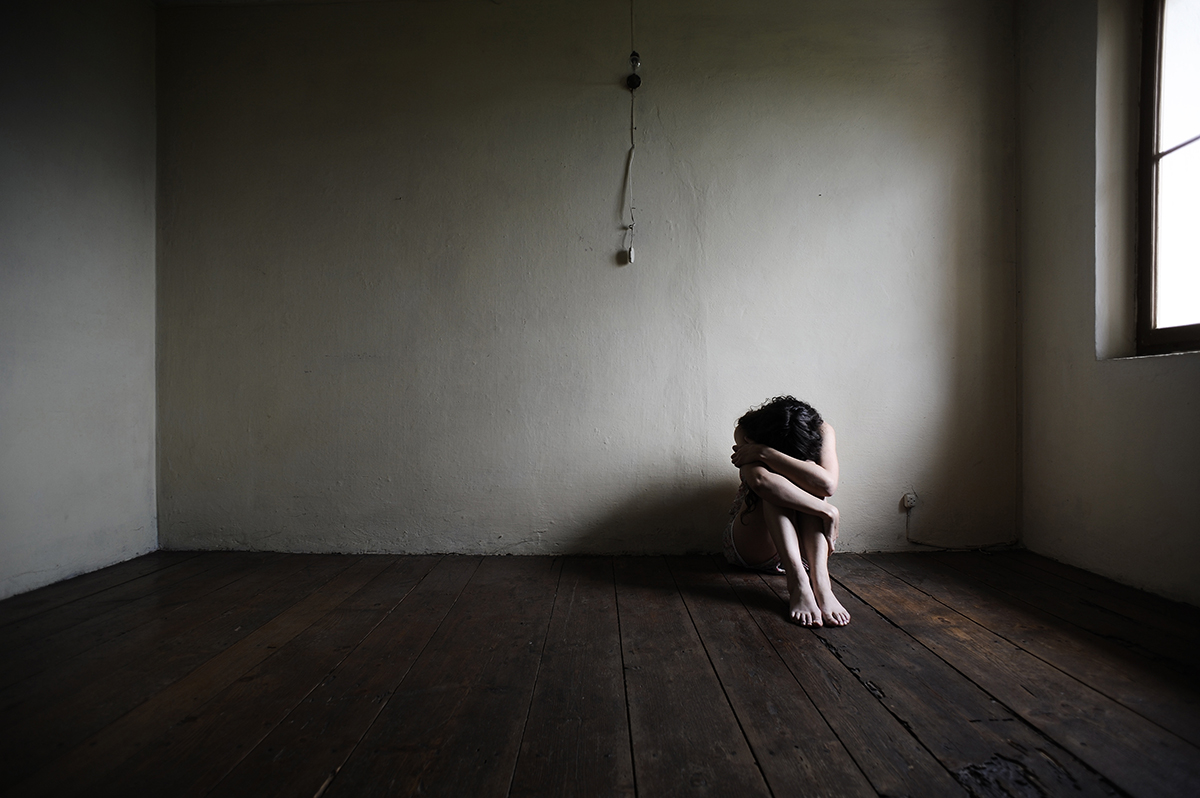
Chronic lower back pain (LBP) is a frequently-reported disability worldwide and may contribute to anxiety and depression when it interferes with a person’s overall quality of life. While some LBP resolves within a matter of weeks or months, patients who experience long-term or chronic LBP are more likely to report accompanying psychological distress, including symptoms of depression, because of their chronic disability. Depression is ranked second behind LBP in those living with a disability, with an estimated 85 percent of depressive patients living with some form of physical pain in addition to their psychological disturbance. The disorder, characterized by a lack of enjoyment in daily living, a reduction of interest in things, and a persistent low mood, can be precipitated or accompanied by anxiety, nervousness, or worry.
A longitudinal study of identical twins [1. Chronic low back pain and the risk of depression or anxiety symptoms: Insights from a longitudinal twin study] conducted in Spain examined the link between chronic LBP and depression and found that the apparent correlations between psychological and LBP is most likely not causative. Rather, the relationship between the two conditions may be related to a genetic or historical predisposition to certain lifestyle factors and latent neurological susceptibilities that can be triggered by the effects of those manifested tendencies.
The study sample included 1269 adult twins born between 1940 and 1966 who were not experiencing LBP symptoms or anxiety at their initial baseline reading. The female, male, and opposite twin sets filled out questionnaires over a two-year period between 2009 and 2011, and were then queried over 2,3, or 4 year-periods as to their lifestyle, health, and other demographics. While each of the participants were asked how often they experienced LBP or if a doctor had ever diagnosed them with the condition, the question was embedded within several unrelated questions, so as not to influence their future results on a psychological level. For the purposes of this study, the term “chronic” was defined as lasting 6 months or more.
The twin sets were assessed for symptoms of anxiety or depression in follow-up questionnaires, using the Depression and Anxiety dimension of the EQ-5D, a generic quality of life instrument wherein the answers to questions about mobility, self-care, usual activities, pain/discomfort, and anxiety or depression are used to rate the level of psychological discomfort. Patients were asked to answer a question that described how they were feeling (psychologically) on a day, and their answers were dichotomized into one of two responses: “I am not anxious or depressed,” or “I am moderately/extremely anxious or depressed.”
Potential Confounding factors were also examined, including whether the subject smoked, had sleep disorders, exercised frequently or infrequently, led a sedentary lifestyle or took part in occasional sports or light physical activities, or were engaged in frequent or infrequent mild, moderate, or vigorous recreational activities. Using logistic regression models and adjusting for confounders and all variables, researchers analyzed the collected data to determine if there existed a link between chronic LBP and depression.
Of the study’s participants, female subjects were much more likely to smoke, experience less physical activity, have sleep disturbances, and experience more chronic LBP than their male counterparts. Though chronic LBP was associated with anxiety and depression in the unadjusted total sample data, once the confounders and variants were accounted for, this relationship was less pronounced. When the data were compared with co-twin case-controls, however, there appeared no increase in the statistics related to a link between depression and chronic LBP. This may suggest that shared familial history could influence the occurrence of LBP and of depression.
The study suggests a non-causal relationship between LBP and future symptoms of anxiety or depression. Instead, a shared nature/nurture relationship may account for both LBP and the accompanying psychological discomfort. Though the study correlates statistically with previous, non-twin studies in identifying a link between LBP and depression, it refutes the causal link and instead proposes that shared familial and biological mechanisms are more likely at play when it comes to chronic LBP and psychological distress.
Share Now